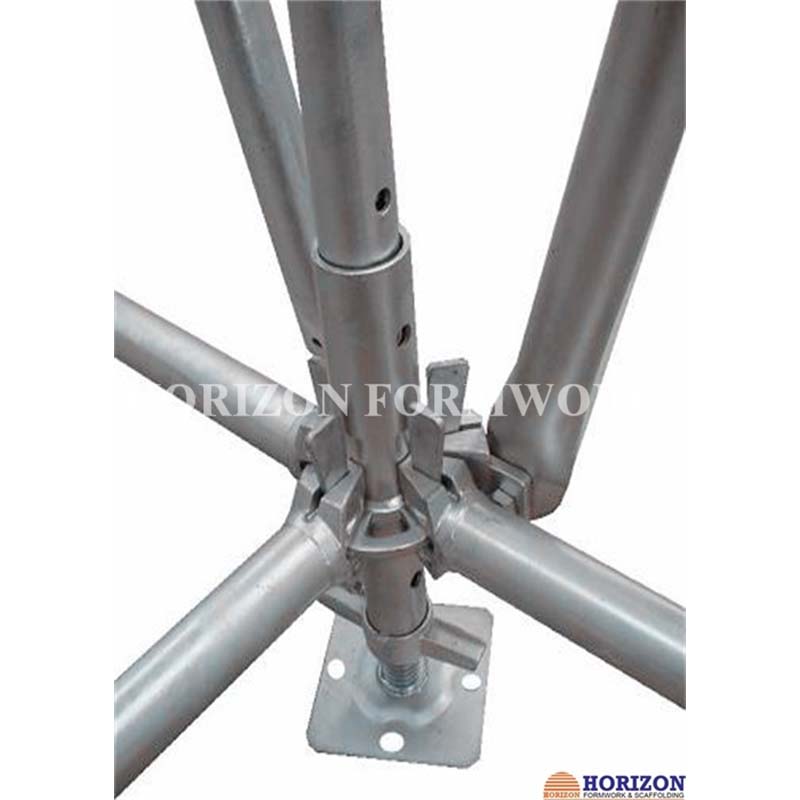Dec . 10, 2024 17:01 Back to list
Exporters of Innovative Plastic Formwork Systems for Construction Industry Solutions
The Emerging Landscape of Plastic Formwork System Exporters
In the rapidly evolving construction industry, the adoption of innovative materials is key to improving efficiency, reducing costs, and promoting sustainability. One notable advancement in this area is the use of plastic formwork systems. These systems, made primarily from high-quality plastic materials, offer several advantages over traditional formwork options such as wood or metal. As demand for sustainable construction practices grows, export opportunities for plastic formwork system manufacturers and suppliers are also on the rise.
Understanding Plastic Formwork Systems
Plastic formwork systems are designed to shape concrete during the curing process. Unlike traditional materials, plastic formwork is lightweight, reusable, and resistant to water and chemicals. These qualities not only enhance durability but also simplify logistics and reduce labor costs on construction sites. The modular nature of plastic formwork allows for easy assembly and disassembly, making it suitable for a wide range of applications, including residential buildings, commercial structures, bridges, and infrastructure projects.
Advantages of Plastic Formwork
1. Sustainability As the construction industry faces increasing scrutiny regarding its environmental impact, plastic formwork provides a more sustainable alternative. The systems can be reused multiple times, significantly reducing material waste. Additionally, many plastic products are made from recycled materials, further contributing to lessening the carbon footprint.
2. Cost-Effectiveness Although the initial investment in plastic formwork may be higher than traditional materials, the long-term savings are significant. With a longer lifespan and reduced need for maintenance and replacement, plastic formwork produces overall savings by decreasing overall project costs and timeframes.
3. Versatility Plastic formwork can be molded into various shapes and sizes, accommodating the unique requirements of different construction projects. This flexibility allows architects and engineers the freedom to innovate without being constrained by conventional materials.
4. Enhanced Performance The smooth surface of plastic formwork leads to superior concrete finishes, reducing the need for extensive finishing work. This improvement in quality not only saves time but also enhances the aesthetic appeal of the final structures.
plastic formwork system exporters

Export Market Growth
As the benefits of plastic formwork systems become more widely recognized, the global market for these products is expanding significantly. Manufacturers in countries such as China, Germany, and the United States are increasingly focusing on exporting their plastic formwork systems to various international markets. Factors such as rapid urbanization, a growing emphasis on infrastructure development, and the need for fast-track construction methods are driving demand in regions including Asia-Pacific, the Middle East, and Africa.
Moreover, governments and organizations are increasingly prioritizing sustainable construction methods, which aligns with the use of plastic formwork. This is especially true in developing nations where the need for cost-effective and high-quality construction solutions is paramount.
Challenges and Opportunities
Despite the promising outlook, plastic formwork system exporters face challenges such as competition from traditional materials and the need for continual innovation. However, by investing in research and development, companies can create more advanced products that cater to changing market demands.
Furthermore, establishing strong relationships with construction firms and contractors is essential for entering new markets. Educational initiatives demonstrating the advantages of plastic formwork can also enhance visibility and market penetration.
Conclusion
The future of plastic formwork systems is bright, with substantial opportunities for exporters within the construction sector. As the industry continues to evolve and embrace sustainable practices, the demand for innovative solutions like plastic formwork will undoubtedly increase. By capitalizing on these trends, manufacturers and exporters can position themselves favorably in an ever-growing global market.
-
High-Quality U Head Jack Scaffolding – Reliable Scaffolding Jack Head Manufacturer & Factory
NewsJul.08,2025
-
High-Quality I Beam H20 Leading Timber Beam H20 Material Factory, Exporters & Manufacturers
NewsJul.08,2025
-
High-Quality Powder Coating Steel Formwork - Durable & Corrosion Resistant Solutions
NewsJul.07,2025
-
Inclined Column Formwork Supplier – Durable & Precise Solutions for Unique Structures
NewsJul.07,2025
-
High-Quality Water Stop Solutions Trusted Water Stop Company & Suppliers
NewsJul.07,2025
-
High-Quality Formwork Material Supplier Reliable Manufacturer & Factory Solutions
NewsJul.06,2025